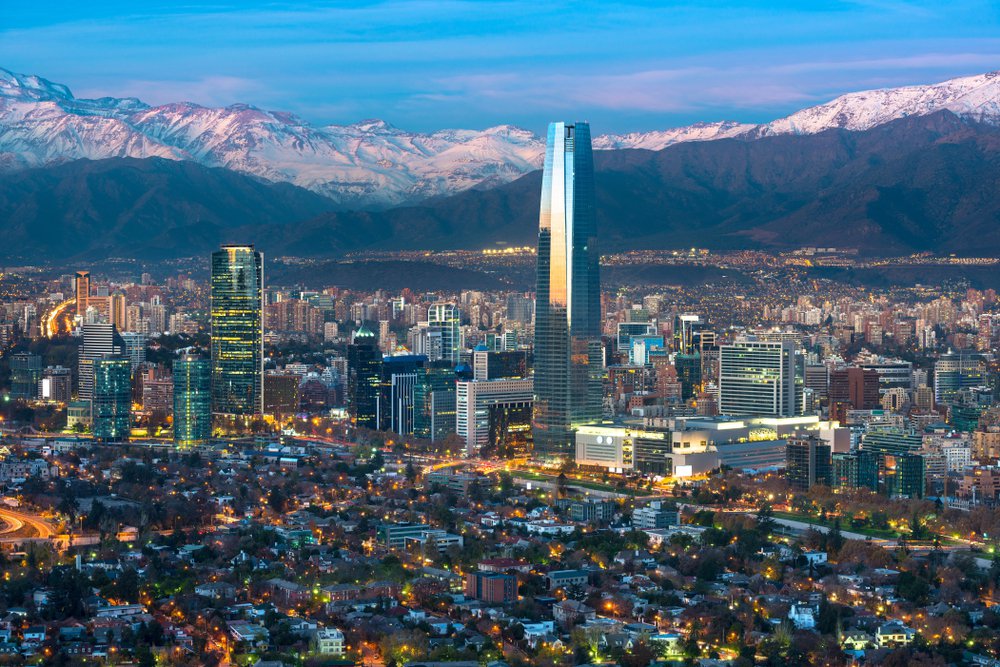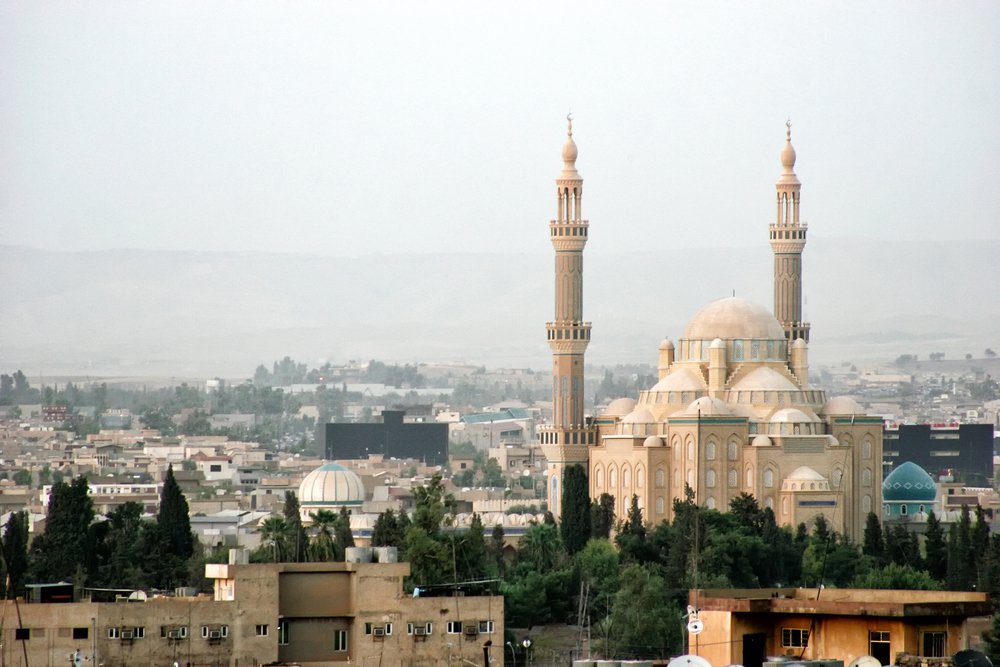Drones and Property Rights
An Introduction to Drones
Land surveying and mapping are evolving rapidly due to advances in unmanned aerial system, or drone, technology. A drone is a flying machine—either fixed-wing or rotary—that is remotely controlled or flies autonomously through software-controlled flight plans. Because they are unmanned, drones are cheaper and smaller than manned aircraft, and can perform tasks too expensive or dangerous with a pilot on board.








